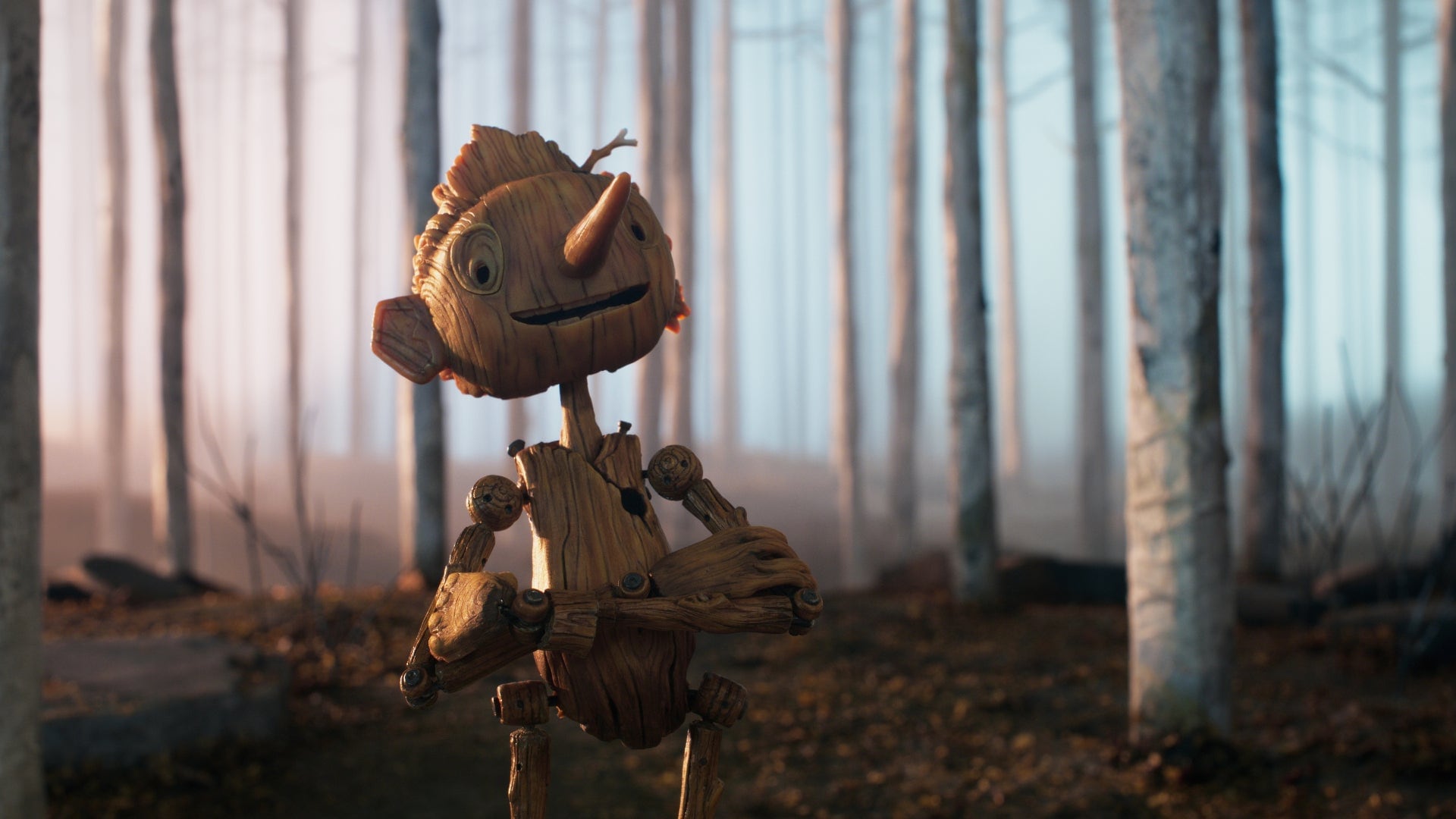The story of Pinocchio takes flight in various forms. Previous generations have encountered the story in a variety of media, beginning with its inception in 1881. Now, director Guillermo del Toro (Pan’s Labyrinth, The Shape of Water) has readapted the centuries-old tale using stop-motion animation, filling it with humanity and truth. Also, it’s likely the only iteration to take place in Nazi-controlled Italy.
Guillermo del Toro’s Pinocchio strips Carlo Collodi’s original story to its bones while affixing the jarring strands of honesty that tie together much of del Toro’s artistic canon. Searching for a company willing to produce his not so child friendly adaptation, the writer and director found an ally in the Portland animation studio ShadowMachine.
The cutting-edge company helmed by Alexander Bulkley has worked on ingenious off-color animated shows like Bojack Horseman, Tuca & Bertie, the Adult Swim staple Robot Chicken and, most recently, Little Demon, starring Danny DeVito, his daughter Lucy DeVito, and Aubrey Plaza. ShadowMachine has undoubtedly had a hand in shaping the motifs of modern animation while pushing the boundary of what’s expected.
This latest project has proven to be one of its greatest works in stop-motion animation. The film’s visuals are unrelentingly beautiful, even when depicting bloodcurdling moments of heartbreak and grief. Pinocchio graces the screen appearing as more wooden puppet than boy, in stark contrast to Disney’s 1940 retelling.
Pinocchio’s unsanded and unpainted figure, along with haphazard branches and a thickly wood-grained face, constantly remind the audience of his central predicament: He exists in the fantastical space between puppet and boy. But del Toro, Patrick McHale and Matthew Robbins’ writing breathes more life into the character than ever witnessed before.
Although the film’s tone strays from the Disney standard of a children’s movie by including war, death and myriad complex father-son relationships, it doesn’t necessarily exclude children from enjoying the story. Throughout the film, there’s a clear moral argument about the ways in which children perceive their parents and vice versa.
While the film is elevated and thought provoking, there are assuredly children who will find comfort in its dedication to authenticity. Today’s kids are experiencing life with an unfettered access to truth (and its opposite) via the internet and social media—and del Toro’s unwillingness to modify his tone serves as a refreshing example of an honest children’s movie.
No matter age or familiarity with the original story, audiences across the country will quickly recognize Guillermo del Toro’s Pinocchio as a new holiday favorite.
SEE IT: Guillermo del Toro’s Pinocchio, rated PG, plays at Cinemagic, City Center, Division, Hollywood, Joy Cinema, Movies on TV and Pioneer Place.
